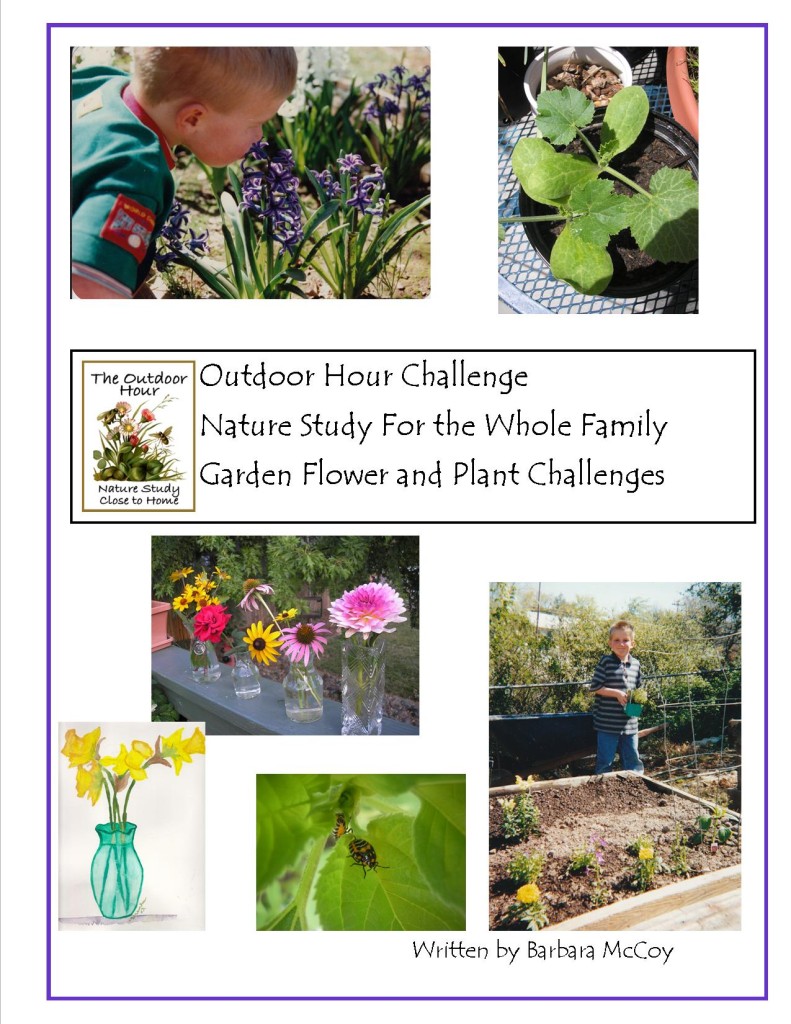Outdoor Hour Challenge-Autumn Series #1
Cattail Autumn Study
Cattails are the focus of this nature study and you will either be able to complete the challenge by observing cattails this week or sometime in the future. Look at the reading of the Handbook of Nature Study as a way to prepare you for a future nature study. Be on the look out for cattails as you drive around your local area and you may be surprised to find them in places you did not notice before.
Inside Preparation Work
- Read pages 500-503 in the Handbook of Nature Study. View the images of cattails and talk about where you can find them in your local area. I asked my boys and they thought of three places near-by that they remember seeing them grow.
- Print out the Cattail Seasonal Nature Study notebook page and go over the suggested activities so when you have your Outdoor Hour time your children will be prepared for what to look for.
Outdoor Time
Look for Cattails: Spend your outdoor time looking for cattails and then observing them to record their appearance at this time of the year. You will be revisiting this spot in every season to record your observations and to note the changes that take place from season to season. If your child does not want to sketch the cattail, bring along a camera to have them record the appearance with a photo. Remember the things you read about in the Handbook of Nature Study and see if you can complete the Cattails Seasonal Nature Study notebook page with lots of details. Also, look for other living creatures that might make their home in the cattails or that might visit there if you are still and quiet.
Alternate Idea: Use your fifteen minutes of outdoor time to explore your own backyard. Look for something ordinary that you can learn more about during the next week. The most important part of your Outdoor Hour time is to spend a few minutes with your children outdoors, slowing down enough to observe something closely in your own backyard or neighborhood. Keep the atmosphere relaxed and let your child’s interests guide you to find something to observe. Don’t forget to use all your senses and try to include a few minutes of quiet time to experience the sounds of your own backyard.
Follow-Up Activity
- Allow your child a few minutes to tell you about their outdoor experience. Help them find a few words to record in their nature journal.
- Give time for a nature journal entry and remember it can be as simple as a sketch, a label, and a date. Complete the Cattails Seasonal Nature Study notebook page for the Autumn season and file it in your nature journal to compare to future cattail studies. As always, remember that the nature journal entry is a great way to record your outdoor experiences but it is not necessary every time.
Additional Resource for the Cattail Seasonal Nature Study:
There is a great book to look for at your library, Discover Nature in Water and Wetlands. This book has a whole section on studying cattails that I found very useful in preparing this challenge in addition to the Handbook of Nature Study.
Please note these are Amazon affiliate links to books I own and love.











































